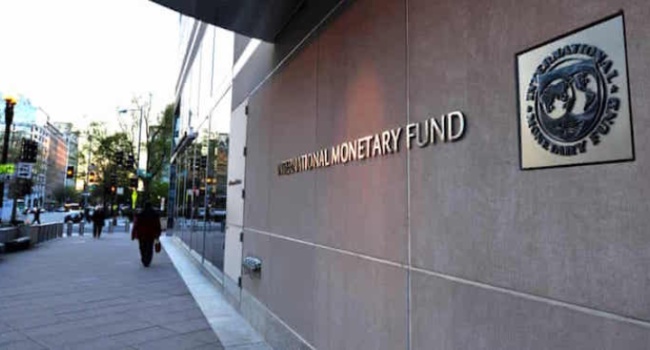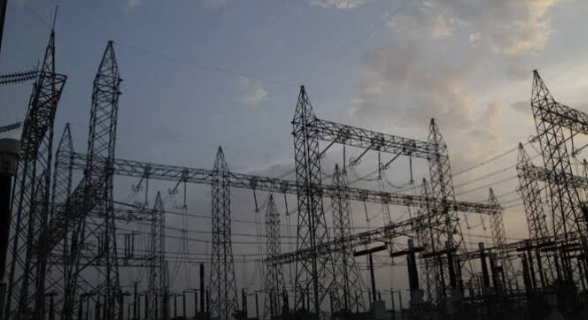The International Monetary Fund (IMF) has projected that Nigeria’s current debt-to-gross domestic product (GDP) ratio of 50.7 percent will drop in 2025.
Debt-to-GDP ratio is a metric that compares a country’s public debt to its GDP and indicates a country’s ability to pay back its debts by comparing what the nation owes with what it produces.
The higher the debt-to-GDP ratio, the less likely it becomes that the country will repay its debt and the higher its risk of default.
According to the IMF’s ‘Fiscal Monitor Report,’ on Thursday, Nigeria’s debt-to-GDP figure is expected to drop slightly to 49.6 percent next year.
Advertisement
The report also showed that Nigeria’s debt-to-GDP ratio was 46.1 percent in October 2023, a year after, it stands at 50.7 percent.
IMF said the country’s debt includes overdrafts from the Central Bank of Nigeria (CBN) and liabilities of the Asset Management Corporation of Nigeria (AMCON).
“The overdrafts and government deposits at the Central Bank of Nigeria almost cancel each other out, and the Asset Management Corporation of Nigeria debt is roughly halved.” IMF said.
Advertisement
The lender further estimated that Nigeria’s debt-to-GDP will further drop to 48.5 percent in 2026, 48.2 percent in 2027; before rising to 48.8 percent and 49.1 percent in 2028 and 2029, respectively.
‘NIGERIA’S DEBT QUAGMIRE’
In the present administration, Nigeria’s total public debt has increased from N87.38 trillion as of June 2023 to N121.67 trillion as of March.
On June 20, the Debt Management Office (DMO) said Nigeria’s public debt increased to N121.67 trillion in the first quarter (Q1) of 2024, compared to the N97 trillion recorded in December 2023.
Advertisement
DMO said the increase was primarily due to new domestic borrowing by the federal government to partly fund the deficit in the 2024 budget as well as disbursements by multilateral and bilateral lenders.
The breakdown of the public debt by DMO showed that domestic debt was N65.65 trillion ($46.29 billion), while external debt was N56.02 trillion ($42.12 billion).
According to the budget office of the federation in July, the country’s threshold for debt-to-GDP was 25 percent in 2023 — but the international threshold was 56 percent for comparator countries.
However, the budget office said Nigeria’s debt-to-GDP ratio from the first quarter (Q1) to the third quarter (Q3) in 2023 was 44.1 percent — above the federal government threshold.
Advertisement
‘GLOBAL DEBT TO EXCEED $100TRN’
IMF said global public debt is very high and is expected to exceed $100 trillion, or about 93 percent of global GDP by the end of the year.
Advertisement
The lender said the debt “will approach 100 percent of GDP by 2030”.
“This is 10 percentage points of GDP above 2019, that is, before the pandemic,” IMF said.
Advertisement
“While the picture is not homogeneous—public debt is expected to stabilize or decline for two-thirds of countries—the October 2024 Fiscal Monitor shows that future debt levels could be even higher than projected, and much larger fiscal adjustments than currently projected are required to stabilize or reduce it with a high probability.”
IMF said countries should confront debt risks now with carefully designed fiscal policies that protect growth and vulnerable households while taking advantage of the monetary policy easing cycle.
Advertisement










